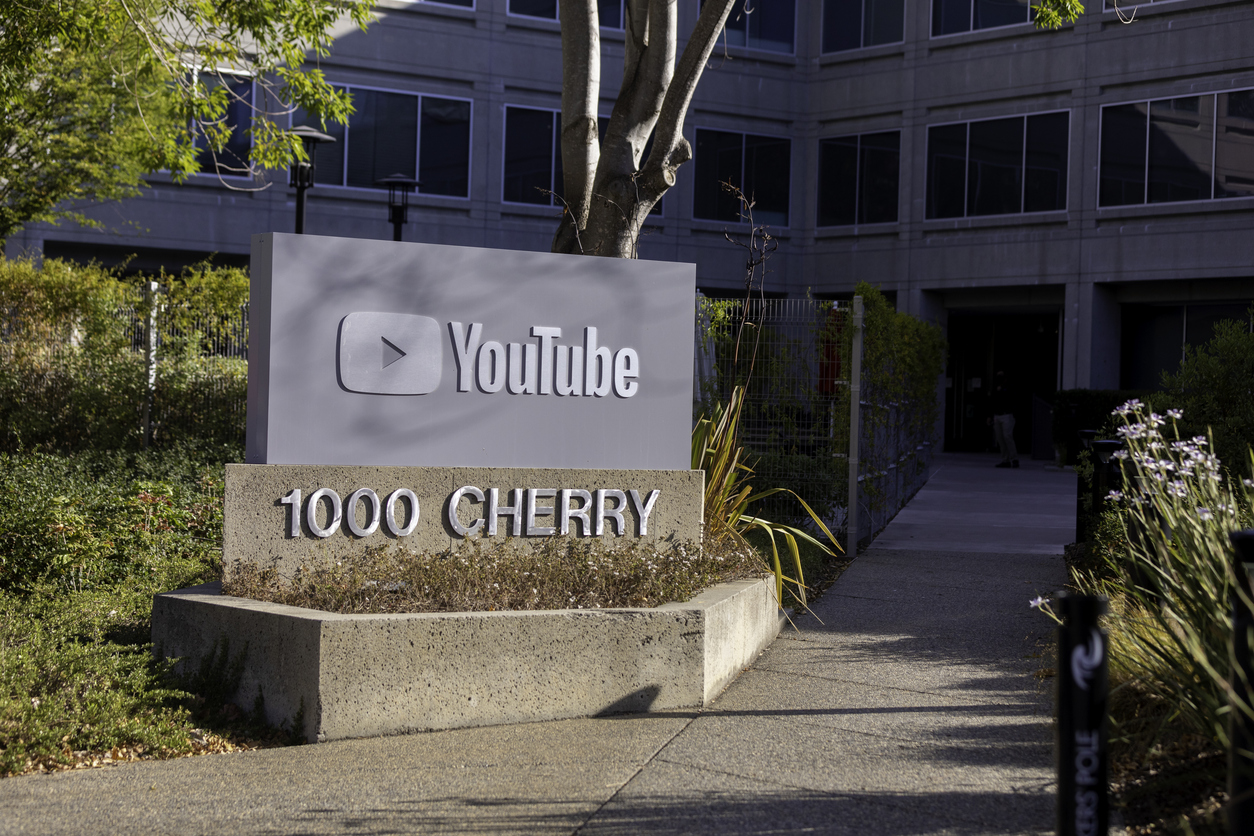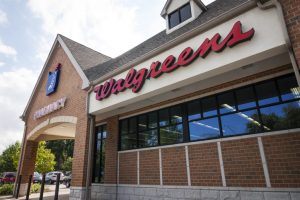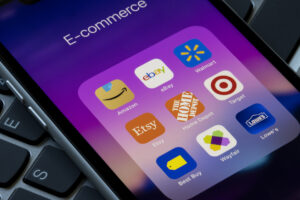The Scoop: YouTube takes over the streaming space
Plus: Toys ‘R’ Us makes a foray into AI; Waymo opens up automated taxis to the public in San Francisco.

From its founding nearly two decades ago, YouTube went from a repository of viral videos to a multimedia behemoth that now can even challenge television for eyeballs. The impact is so significant, that in May of this year, 9.7% of all content viewed on televisions across America came from YouTube, according to a study by Nielsen. That’s a clear sign that viewership habits are shifting, and media companies can’t ignore it.
According to a report by CNBC, the massive rise in YouTube’s popularity is causing the media industry to reconsider how it looks at streaming.
“I do think it snuck up on people that YouTube was as important a presence in people’s lives and people’s viewing experiences not just on the phone but in the living room,” said Tara Walpert Levy, YouTube’s vice president of Americas, in an interview with CNBC.
Why it matters: YouTube’s meteoric rise in popularity comes with a few considerations for those in the media industry. First, YouTube’s ease of discoverability and user-generated content make it easy for audiences to find videos that fit their interests. That’s a big draw that brings with it big advertising dollars — YouTube brought in $31.5 billion in advertising in 2023.
The ease of accessibility also creates another consideration for media companies. With anyone able to get on the platform, the options for content are seemingly endless. Streamers like Disney and Netflix can’t say the same thing about their content libraries. But some companies like Disney are leaning into YouTube, posting episodes of shows there to entice viewers to subscribe to Disney+ for more.
In short, YouTube is altering the way that media companies interact with their audiences. The sooner they get on board with YouTube as an extension of their storytelling and audience growth potential, the earlier they’re likely to see positive returns in audience growth and as a driver to their streaming platforms and other media offerings.
Editor’s Top Reads:
- Toys ‘R’ Us debuted a promotional film at the Cannes Lions Festival created entirely with OpenAI’s text-to-video functionality, known as Sora. The video features Toys ‘R’ Us founder Charles Lazarus as a child entering a mystical world of toys alongside the store’s mascot, Geoffrey the Giraffe. It’s reported that the video is the first ad ever created with this tech. Is this video a novelty? Maybe. But it’s worth considering if this method of media production might take up a portion of the ad creation space in future years. “Everything you see was created with text but some shots came together quicker than others; some took more iterations,” said Toys ‘R’ Us CEO Kim Miller in an interview with CNN. “The blocking, the way the character looks, what they’re wearing, the emotion, the background – it has to be a perfect dance. Sometimes you would create something that was almost right and other times not so right.” Marketing is an ever-evolving field, and it’s worth watching how human creativity can be harnessed within AI platforms in the advertising space.
- The next time a San Francisco resident needs a cab, they’ll have the option to summon a car that doesn’t have a driver behind the wheel. The Verge reported that Waymo has opened up the ability to call a “robotaxi” to the general public in the City by the Bay, doing away with a waitlist that took weeks or months to open up. In a blog post, Waymo committed to a measured rollout that emphasized safety. “We’re committed to growing our service gradually and responsibly,” the post read. “We work closely with city and state officials, first responders, and advocates for road safety to ensure our service helps local communities gain access to reliable, safe, environmentally friendly transportation and has a positive impact on mobility.” This is a major step for automated technologies to integrate themselves into our everyday lives, but it also holds a lesson for those marketing groundbreaking tech. Focus on functionality to ensure your product or service manages to get off the ground. Ensure that you’re talking about those top concerns at the outset, and it’ll help build audience loyalty.
- Inflation has been on nearly every consumer’s mind as prices seem to climb higher and higher all the time. This trend saw the loss of many $1 value deals at fast food spots across the country, much to the consternation of customers. But according to Axios, some of the big players like McDonald’s and Burger King are trying to appeal to customers with $5 value meals. Axios reported that customers opted for sit-down dining experiences versus fast food, citing the similar cost. If you can create a plan that offers your customers the opportunity to save a little money, you stand to receive a positive reception. But it’s worth considering your organization’s place in the market before you start putting together a BOGO campaign — you need to both know your audience and your own company’s standing.
Sean Devlin is an editor at Ragan Communications. In his spare time he enjoys Philly sports and hosting trivia.






